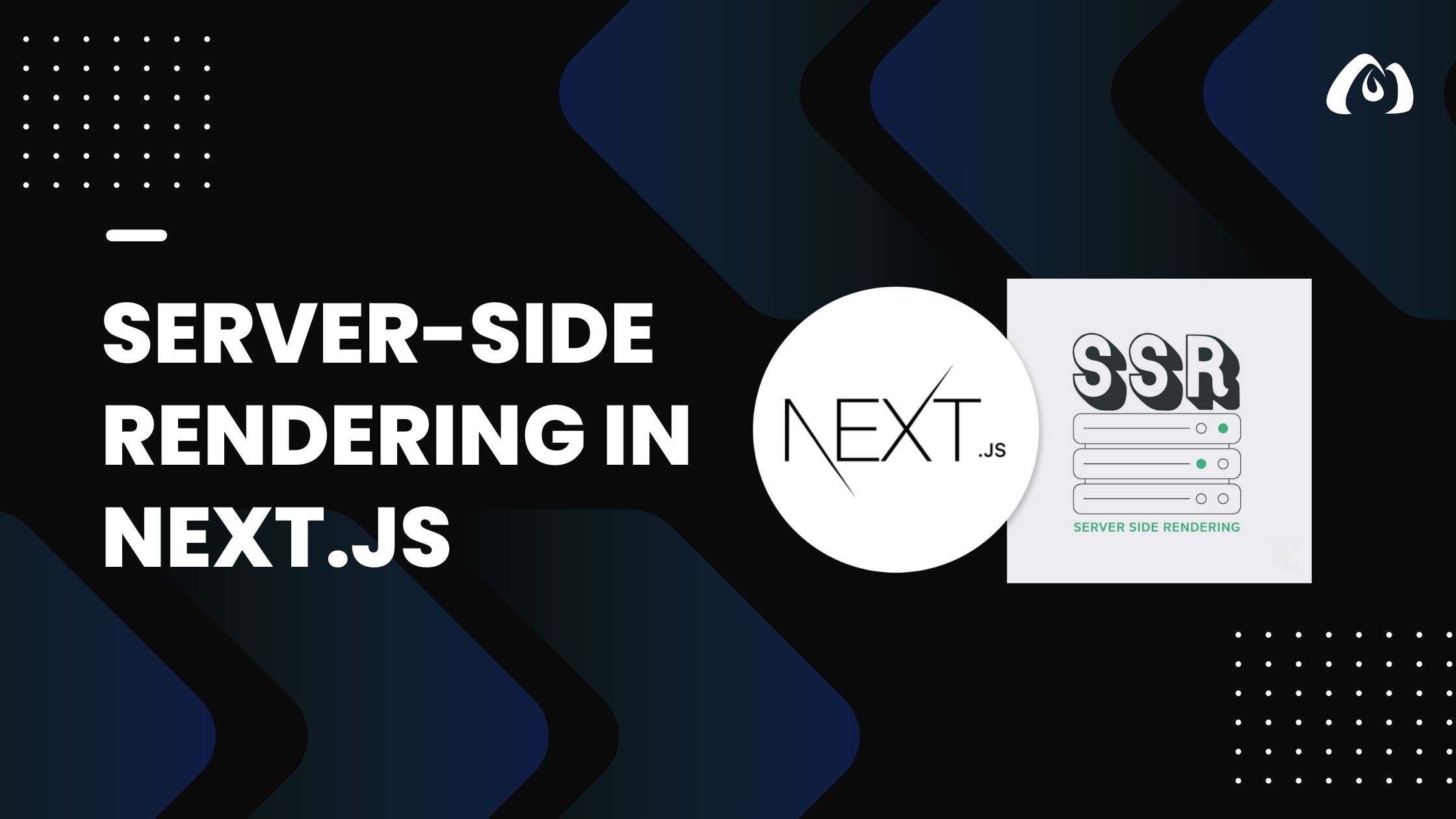Server-Side Rendering in Next.js

Server-Side Rendering (SSR) is a powerful technique that can significantly enhance the performance and user experience of your Next.js applications. In this tutorial, we’ll delve into the concepts of SSR, understand its benefits, and implement it in a Next.js project.
Understanding Server-Side Rendering
In traditional client-side rendering (CSR), the browser is responsible for rendering the content, which may lead to slower initial page loads and potential SEO challenges. SSR, on the other hand, involves rendering the React components on the server before sending the HTML to the client.
Key benefits of SSR include:
Improved Performance: SSR reduces the time it takes for the initial page to load, especially on devices with slower network connections.
SEO Optimization: Search engines can crawl and index SSR pages more effectively, leading to better search engine rankings.
Enhanced User Experience: Users experience faster page loads and can interact with the content sooner.
Implementing SSR in Next.js
Next.js makes it seamless to implement SSR with its built-in support. Here’s how you can enable SSR for a specific page:
1. Create a Page
Start by creating a new page or choosing an existing one that you want to render on the server. For demonstration purposes, let’s consider a simple page named ServerRenderedPage.js:
// pages/ServerRenderedPage.js
import React from 'react';
const ServerRenderedPage = ({ serverRenderedData }) => {
return (
<div>
<h1>Server-Side Rendering in Next.js</h1>
<p>{serverRenderedData}</p>
</div>
);
};
export default ServerRenderedPage;
2. Implement getServerSideProps
In the same file, implement the getServerSideProps function. This function runs on every request and fetches data that needs to be pre-rendered on the server:
// pages/ServerRenderedPage.js
export async function getServerSideProps() {
// Fetch data from an API or perform any server-side operation
const serverRenderedData = 'This data is rendered on the server!';
// Return the data as props
return {
props: {
serverRenderedData,
},
};
}
Now, when a user accesses the ServerRenderedPage, the content will be pre-rendered on the server, providing the benefits of SSR.
Conclusion
Server-Side Rendering is a valuable tool in optimizing the performance and SEO of your Next.js applications. By pre-rendering content on the server, you can deliver faster and more accessible experiences to your users. Experiment with SSR in different parts of your application to find the right balance between server-side and client-side rendering.
